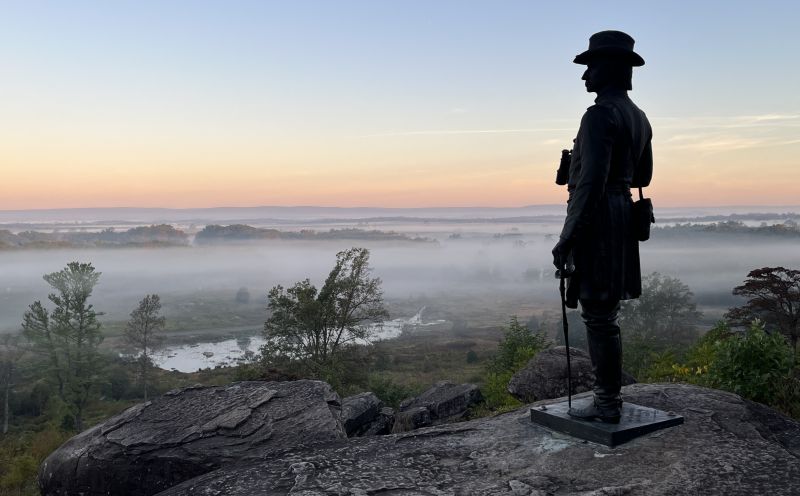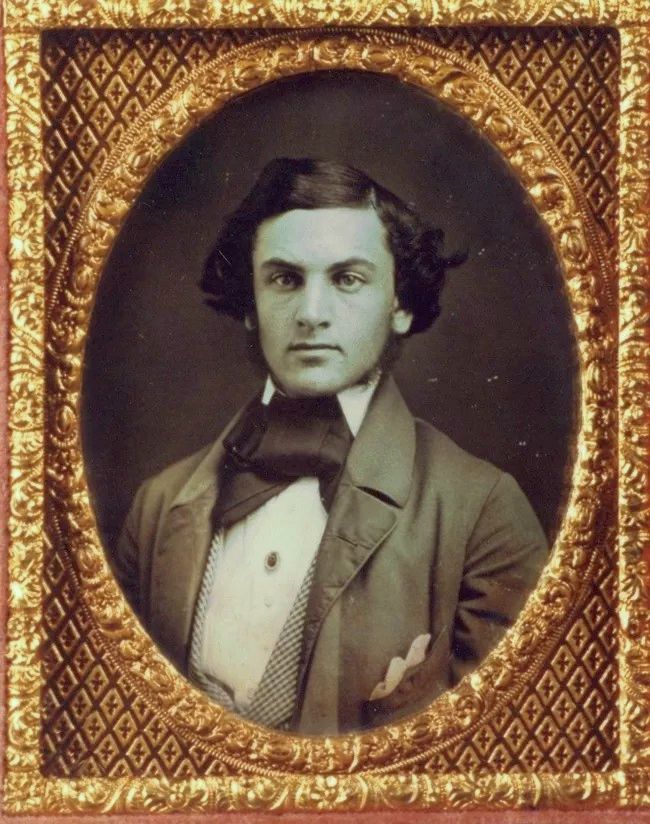Authors:
Historic Era: Era 5: Civil War and Reconstruction (1850-1877)
Historic Theme:
Subject:
Fall 2025 | Volume 70, Issue 4


Authors:
Historic Era: Era 5: Civil War and Reconstruction (1850-1877)
Historic Theme:
Subject:
Fall 2025 | Volume 70, Issue 4
In one of the most dramatic moments of the Civil War, Union soldiers at the battle of Gettysburg rushed up Little Round Top just ahead of Confederate troops who had the same idea: capture the position that commanded a view of nearly the entire battlefield where 165,000 men were struggling to kill each other.
Earlier that afternoon, at about 3:30 PM, Gen. G.K. Warren, chief engineer of the Union army, had climbed the hill and was shocked when he saw the position was largely undefended. Confederate troops were moving forward from woods just below him. If the rebels seized Little Round Top, they could outflank the line of Union troops that stretched for two miles north along Cemetery Ridge.
“I saw that this was the key of the whole position,” Gen. Warren wrote later.

An officer sent by Warren encountered a brigade of the 83rd Pennsylvania Infantry and informed them what the general had discovered. Acting without orders, their commander, Gen. Strong Vincent, quickly moved his 1,300 men to the top of Little Round Top. Vincent was a former ironworker who had studied law at Harvard and proven himself in two years of fighting in Virginia. Promoted after his superiors were killed or resigned, he was made brigadier general at the age of 26. Recently married, Vincent wrote his pregnant wife Elizabeth just before the battle that, “If I fall, remember you have given your husband to the most righteous cause that ever widowed a woman.”
Vincent moved his men into position among the rocks as the Confederates approached. When the men on his right flank appeared to be wavering, he jumped on a large boulder and ordered them, “Don’t give an inch!”
One of the regiments under Vincent's command, the 20th Maine led by Col. Joshua Chamberlain, has received much of the fame for the defense of Little Round Top, but there is no doubt that the efforts and bravery of Vincent were critical in the eventual Union victory. Vincent impressed on Chamberlain the importance of his holding